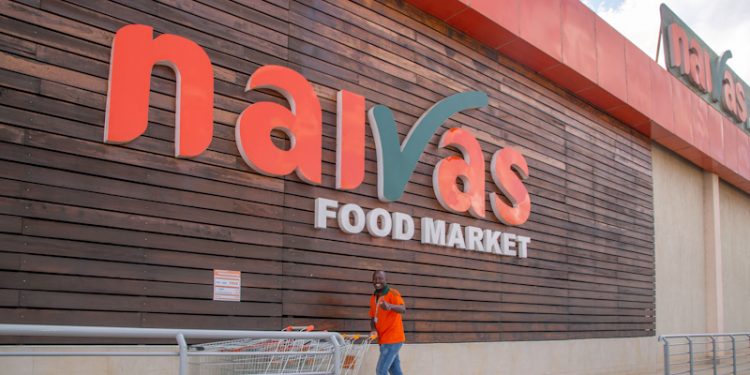Kenya’s new retail giants, Naivas and Quickmart, are in a breathless competition for market share.
- Their stores have popped up everywhere: in new malls, in old malls once occupied by their now dead former competitors, in new buildings and in any space available. Sometimes, within spitting distance of each other.
- This Private Equity (PE) driven expansion epitomises the private equity model, where investors pump in money to rapidly grow enterprises, and then dump/sell their shares long before the bubble bursts.
- The new purchasers tend to be other PE firms, of course. But the lessons of previous PE-funded expansions in the corporate sector show that often, the opportunity is already existing.
If you haven’t noticed yet, Quickmart (and increasingly, Naivas) is often on the left as you leave urban areas, cities and towns, and this isn’t incidental. The retailer is placing itself where you can get to it easily, whether by matatu or a personal car, as you head home. Since its merger with Tumaini in 2019, Quickmart has more than doubled its branch network.
“We are a shop that is among the people, that’s the difference” Peter Kang’iri, CEO Quickmart, recently told The Economist.
- Naivas has more than doubled its branch network in five years. It now has 10, 000 employees on its payroll, an average of 100 staff per branch.
- Quickmart has 6, 000 employees in its 50+ branches.
- This makes the two retailers bigger employers than companies such as KCB, Safaricom, and other gems of the Kenyan enterprise sector.
The other big retailers by branch numbers are Chandarana 26 branches, Carrefour 19 branches, and Cleanshelf at 12 branches. Of the top five, only Chandarana and Cleanshelf are local companies. PE funds now own a controlling shareholding in Naivas and Quickmart.
The expansion of the retail market is good for the economy. While other sectors are struggling, the fact that there’s fervent competition in the retail sector is one of the few positive developments in the recent past. There are ripple effects in addition to direct and indirect employment, such as rents, and new markets for suppliers.
Add in there taxes, and the haircut bargains shoppers enjoy as brands compete for consumer loyalty and increased foot traffic.
The Road Ahead
While the model is asset light-meaning they lease the space and set up branding and operations- it is capital heavy, which explains why the breathless competition between the current Big Two is largely funded by foreign investment.
Then, as with any other business, there’s the risk of failure. The three former musketeers Nakumatt, Uchumi and Tuskys failed because of many reasons, among them being that they had little to no corporate governance. Their failure also proved that there’s nothing like too big to fail in the formal retail market.
- Another glaring risk is the effect of the current economic depression on retailers.
- As disposable incomes shrink, triggered by layoffs, the increase in price of fuel and with it nearly everything else, and the never-ending increase in taxes, retailers may have to start planning their future with more realistic goals in mind.
- And then there’s the fact that there are many, smaller, cheaper retailers closer to home that often sell what we need in units- and even cheaper.
And, they don’t have to worry about which side of the road they are on because they are where they need to be.
“Over 2024, we hold a positive outlook for Kenyan consumer spending growth,” research firm BMI said in a recent report, “Easing inflation, a stable employment outlook, lower debt servicing costs and robust economic growth will provide tailwinds to our outlook.”
- The main risk, the analysts said, lies in depreciation of the shilling as it “could reignite the rise of inflation and increase the costs of imports.”
- Moving from a largely informal market to a formal one is an important part of Vision 2030.
- As a result of structural interventions, rapid urbanisation, the economic booming the aughts, and other factors, products sold via formal retailers has risen from 5% in 2005 to 30% today.
According to The Retail Trade Association of Kenya (RETRAK), an industry lobby group, the average retailer needs 25 licenses a year from national and county governments, ranging from business licenses to catering and music.
“As long as customers delay purchases and reduce their number of store visits, retailers must cut costs, including hiring, in order to remain in business since retail sales are driven by the economic environment,” RETRAK CEO Wambui Mbarire wrote in 2022.
There is an oversupply of space, estimated at 2.1 mn square feet, according to an analysis by Cytonn.
An abridged version of this article appeared in 4th issue of Weekly Brief, by The Kenyan Wall Street, on Nov 10th.
Subscribe to get the newsletter in your inbox every Monday at 9 am (EAT)




